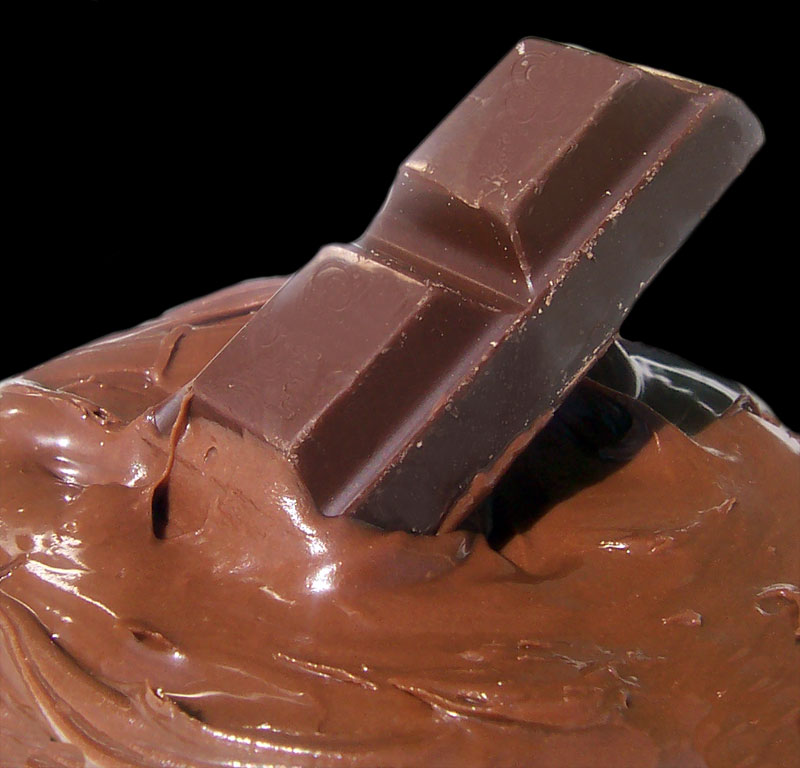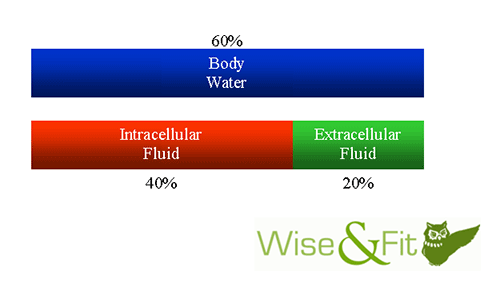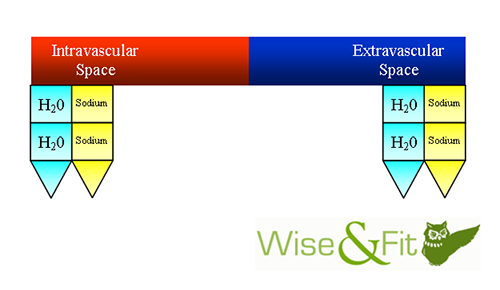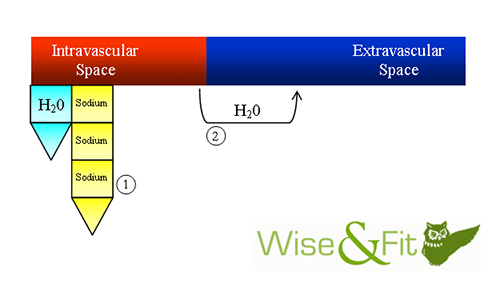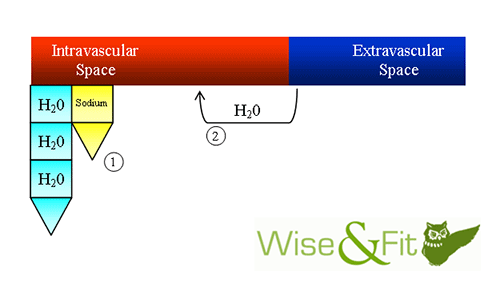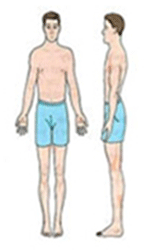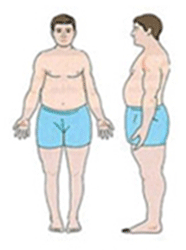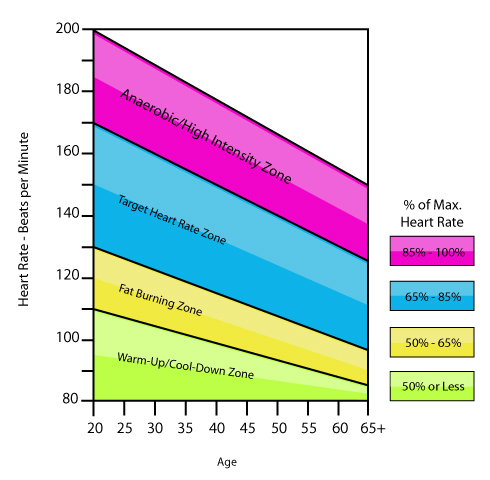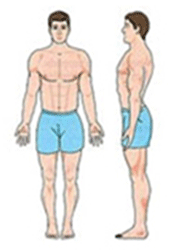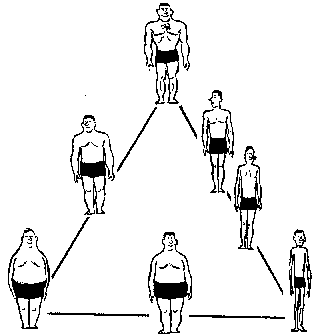Decoding Your Cravings | What Do They Really Mean?
Sep 4th, 2010 by Enrico
We’ve all had them: Cravings. Having the temptation for that fatty food, salty snack, or sugary sweet has always made us victims to their urges. However, cravings are actually important to our body’s function. Cravings are programmed in our bodies as a neural indication that we lack some vitamin or mineral. Unfortunately, we attribute these cravings with the wrong foods – often not nutritious.
Benard Jenson, PhD and Cheryl M. Deroin, NMD have both contributed to this topic with research dating as far back as 1983. Their efforts combine in creation of this chart below. The chart is very simple to use. First, identify the craving that you are having with one of the cravings in the first column. Then, determine which vitamin or mineral deficiency your body is incurring. Finally, you are given healthy food choices to fill the deficiency. It’s time to beat your cravings the smart way!
The Craving Decoder
| If you crave this… | What you really need is… | And here are healthy foods that have it: |
| Chocolate
|
Magnesium
|
Raw nuts and seeds, legumes, fruits
|
| Sweets | Chromium | Broccoli, grapes, cheese, dried beans, calves liver, chicken |
| Carbon | Fresh fruits | |
| Phosphorus | Chicken, beef, liver, poultry, fish, eggs, dairy, nuts, legumes, grain | |
| Sulfur | Cranberries, horseradish, cruciferous vegetables, kale, cabbage | |
| Tryptophan
|
Cheese, liver, lamb, raisins, sweet potato, spinach
|
|
| Bread, toast
|
Nitrogen
|
High protein foods: fish, meat, nuts, beans
|
| Oily snacks, fatty foods
|
Calcium
|
Mustard and turnip greens, broccoli, kale, legumes, cheese, sesame
|
| Coffee or tea | Phosphorous | Chicken, beef, liver, poultry, fish, eggs, dairy, nuts, legumes |
| Sulfur | Egg yolks, red peppers, muscle protein, garlic, onion, cruciferous vegetables | |
| NaCl (salt) | Sea salt, apple cider vinegar (on salad) | |
| Iron
|
Meat, fish and poultry, seaweed, greens, black cherries
|
|
| Alcohol, recreational drugs |
Protein | Meat, poultry, seafood, dairy, nuts |
| Avenin | Granola, oatmeal | |
| Calcium | Mustard and turnip greens, broccoli, kale, legumes, cheese, sesame | |
| Glutamine | Supplement glutamine powder for withdrawal, raw cabbage juice | |
| Potassium
|
Sun-dried black olives, potato peel broth, seaweed, bitter greens
|
|
| Chewing ice
|
Iron
|
Meat, fish, poultry, seaweed, greens, black cherries
|
| Burned food
|
Carbon
|
Fresh fruits
|
| Soda and other carbonated drinks
|
Calcium
|
Mustard and turnip greens, broccoli, kale, legumes, cheese, sesame
|
| Salty foods
|
Chloride
|
Raw goat milk, fish, unrefined sea salt
|
| Acid foods
|
Magnesium
|
Raw nuts and seeds, legumes, fruits
|
| Preference for liquids rather than solids
|
Water
|
Flavor water with lemon or lime. You need 8 to 10 glasses per day.
|
| Preference for solids rather than liquids
|
Water
|
You have been so dehydrated for so long that you have lost your thirst. Flavor water with lemon or lime. You need 8 to 10 glasses per day.
|
| Cool drinks
|
Manganese
|
Walnuts, almonds, pecans, pineapple, blueberries
|
| Pre-menstrual cravings
|
Zinc
|
Red meats (especially organ meats), seafood, leafy vegetables, root vegetables
|
| General overeating |
Silicon | Nuts, seeds; avoid refined starches |
| Tryptophan | Cheese, liver, lamb, raisins, sweat potato, spinach | |
| Tyrosine
|
Vitamin C supplements or orange, green, red fruits and vegetables
|
|
| Lack of appetite | Vitamin B1 | Nuts, seeds, beans, liver and other organ meats |
| Vitamin B3 | Tuna, halibut, beef, chicken, turkey, pork, seeds and legumes | |
| Manganese | Walnuts, almonds, pecans, pineapple, blueberries | |
| Chloride
|
Raw goat milk, unrefined sea salt
|
|
| Tobacco | Silicon | Nuts, seeds; avoid refined starches |
| Tyrosine | Vitamin C supplements or orange, green and red fruits and vegetables | |
|
MXRD6KVWKF99 |
